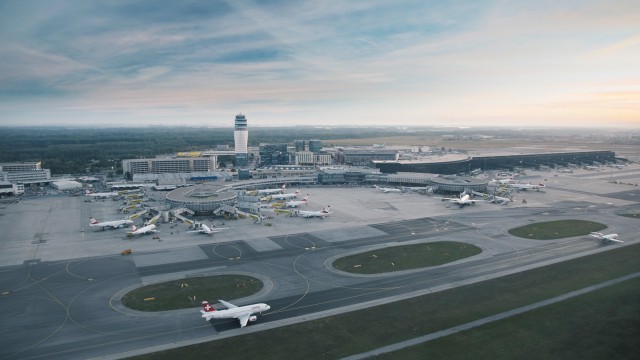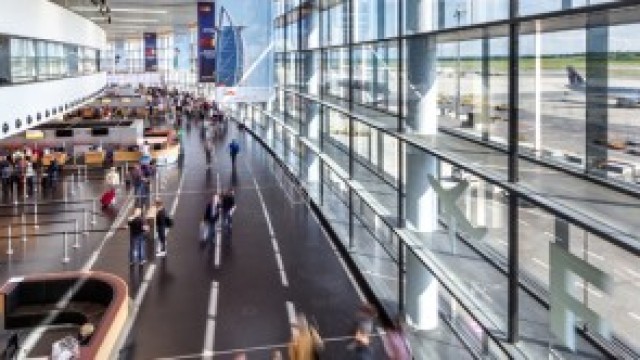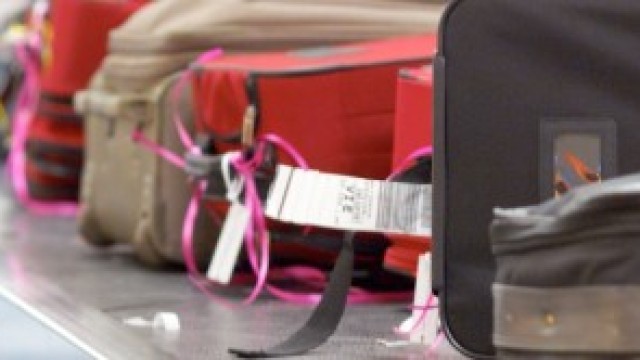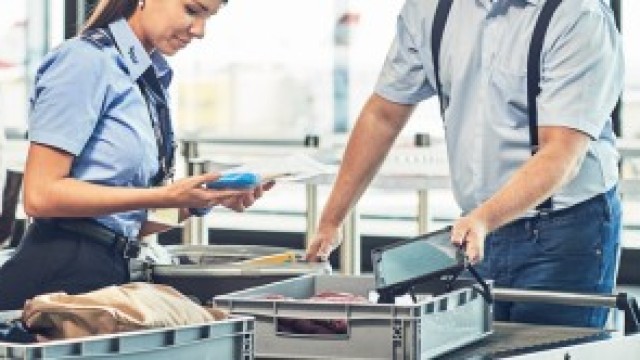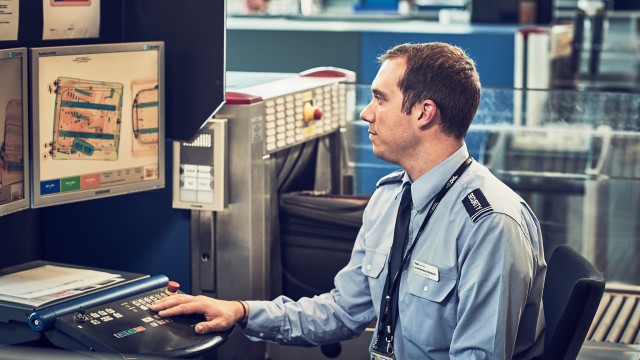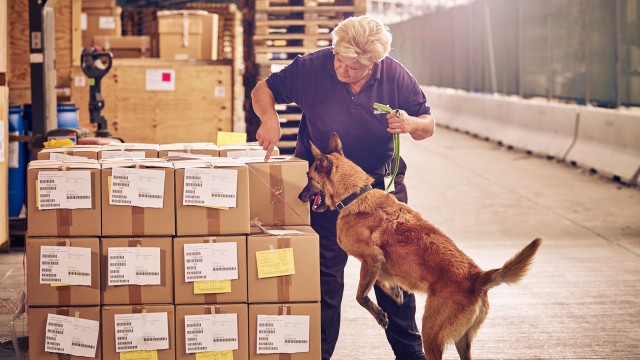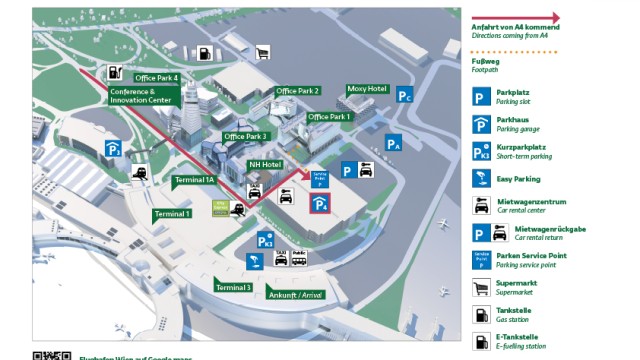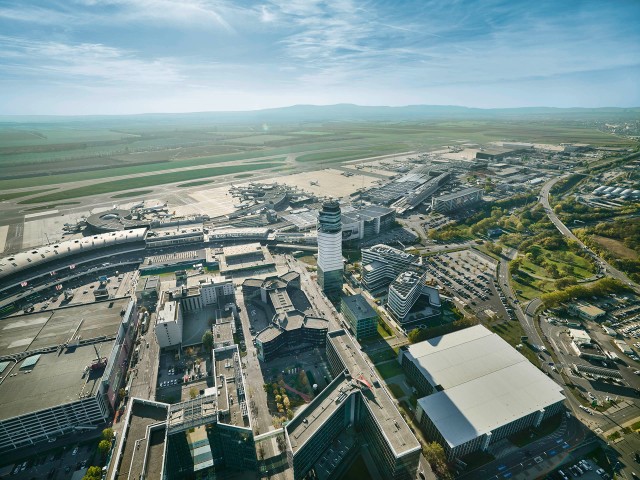Komfort, Kulinarik & Kunst: Die Vienna Airport Lounges am Flughafen Wien zählen erstmals mehr als eine Million Gäste in einem Jahrmehr dazu
Alle Informationen zu Ihrer Flugreise
Einfach bequem Ihren Parkplatz online buchen. Finden Sie Ihren optimalen Parkplatz für Ihr Reiseerlebnis am Flughafen Wien. Nutzen Sie außerdem eines unserer vielen Parkextras, wie z.B. Easyparken, um Ihre Zeit am Flughafen Wien noch angenehmer zu gestalten.
Check-in
Der Check-in erfolgt in den Terminals 1, 1A und 3. Eine Liste mit den Check-in-Schaltern aller Airlines finden Sie hier.
Bei verstärkter Reisetätigkeit zu Feiertagen und Ferien können Check-in-Vorgänge mehr Zeit in Anspruch nehmen als üblich. Wir empfehlen Reisenden, ausreichend Zeit für Check-in, Gepäckaufgabe und andere Reiseformalitäten einzuplanen.
Anreise zum Flughafen Wien
- Alle Informationen zu City Airport Train finden Sie unter CAT Website
- Informationen zu der Buslinie Vienna Airport Lines gibt es hier
- Aktuelle Informationen zu Schnellbahnverbindungen mit der S7 oder Railjet-Verbindungen von und nach Wien finden Sie auf der Website der ÖBB
Einkaufen & Essen am Flughafen Wien
Kosten Sie Ihre Reise von der ersten bis zur letzten Sekunde aus. Urlauber, Globetrotter und Überflieger verwöhnt der Flughafen Wien mit kulinarischen Hochgenüssen – von österreichischer Küche bis zu internationalen Klassikern.
Lassen Sie die Zeit wie im Fluge vergehen und bummeln Sie durch Luxus Boutiquen, Souvenir Läden und Duty Free Shops. Entdecken Sie Kulinarik, Shopping und Komfort von Gate zu Gate!
Wichtige Links
Hier haben wir die aktuell wichtigsten Links für Sie gesammelt.General Aviation Center
Mittels Private Jet Charters haben Sie die Möglichkeit, Privatflüge zu buchen und an ihr Reiseziel zu kommen. Da wir einen Überblick über das gesamte Angebot haben, ist es uns möglich auf alle Anbieter zurückzugreifen. Fragen Sie einfach an, unsere Mitarbeiter erstellen ein maßgeschneidertes Angebote für Sie und beraten Sie gerne.

